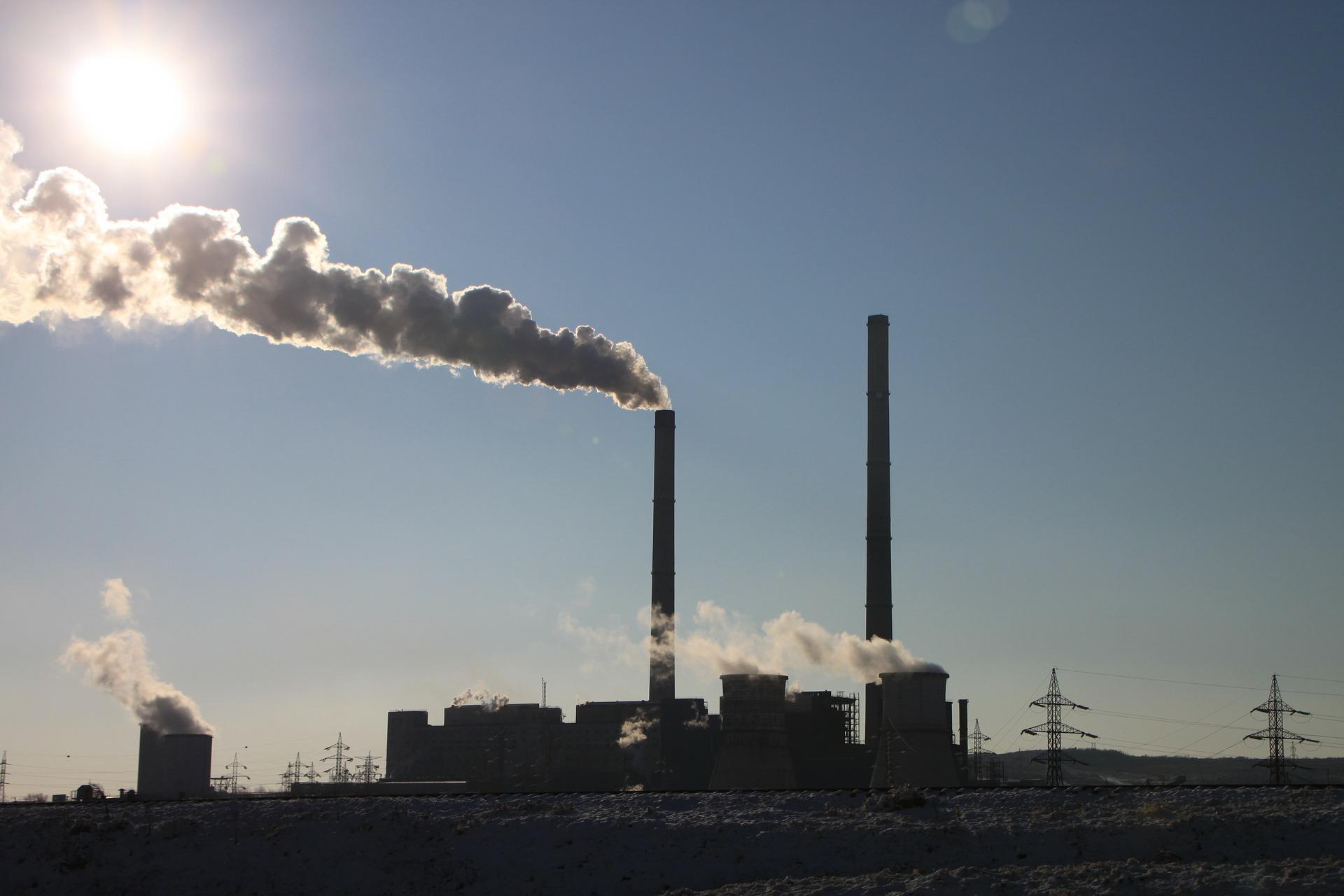
Ōtautahi – The world produces around 55 billion tonnes of greenhouse gasses (GHG) each year. About 100 times the GHG emitted by active volcanoes. The latest report from the Intergovernmental Panel on Climate Change (IPCC) shows the world can halve emissions by 2030.
But there are other considerations. The world pumps out of the ground and burns about 100 million barrels of oil a day, every day.
Each barrel has 166 litres of oil, when burnt it creates enough energy to do the work manual labour would do in 10,000 hours and makes 429.6kg of GHG emissions.
In total, burning oil contributes about a third of annual emissions.
Burning coal is a larger share and burning fossil gas a bit smaller share, about one fifth of total global GHG emissions but burning coal, oil and gas in the open air accounts for about 80 percent of GHG emissions. Agriculture about 10 percent and all the other gasses another 10 percent
Trees emerged about 400 million years ago and dinosaurs about 240 million years ago. For the last 300 million years, the average surface temperature on earth has ranged between 4Cdeg below and 2Cdeg above the pre-industrial level.
The planet is now at plus 1.1Cdeg, heading to plus 1.5Cdeg by 2050 and plus 3Cdeg by the end of the century. Never in the past 300 million years have temperatures risen so fast.
Dr Rod Carr, the chair of He Pou a Rangi, the NZ Climate Change Commission, has publicly said it is estimated that each year humans burn fossil fuels that took a million years of sunlight falling on the earth to create through photosynthesis.
He says the world will not run out of fossil fuels before the atmosphere and oceans run out of the capacity to absorb that CO2 at a sufficient rate to sustain life as we know it.
“The planet will survive, life will survive, humans may even survive but not in a landscape we would recognise. In general it will be hotter and more humid, sea levels higher and the oceans more acidic.
“There will be more energy in the warmer air so storms will be more violent and more frequent. Rain falls will be larger overall but in other places changing ocean currents and winds will make some places drier.
“We would not be the first human civilisation to collapse as a result of economic, environmental or social disruption but we may be the first to wilfully cause such a collapse.”

